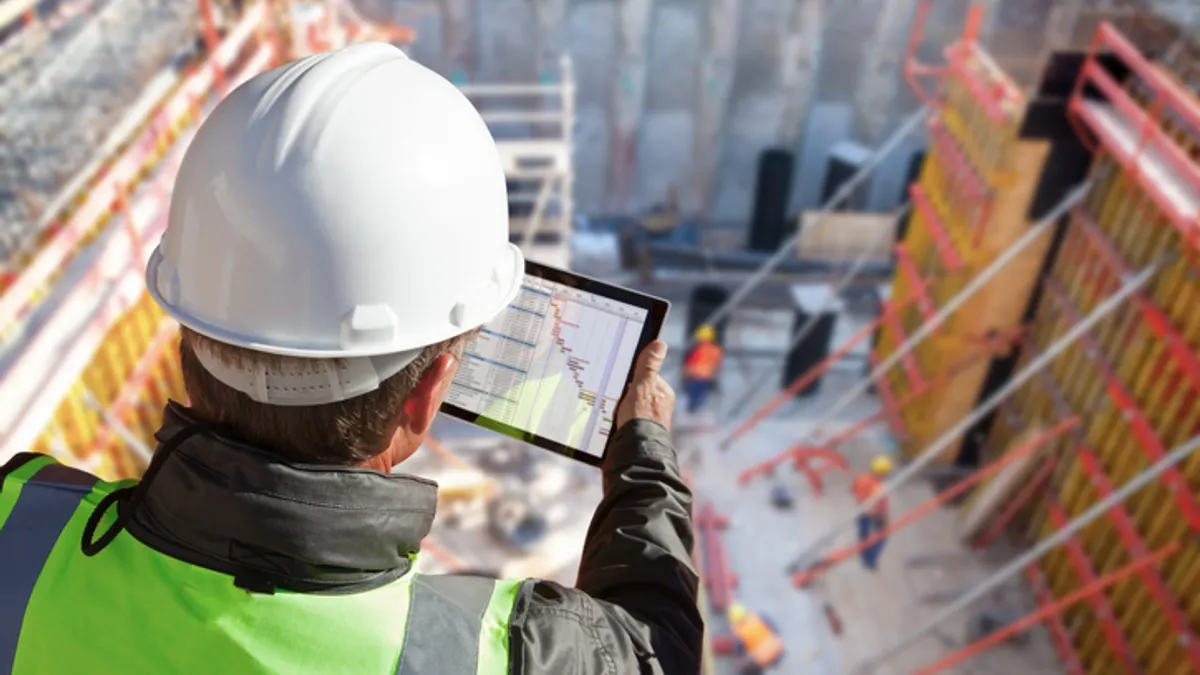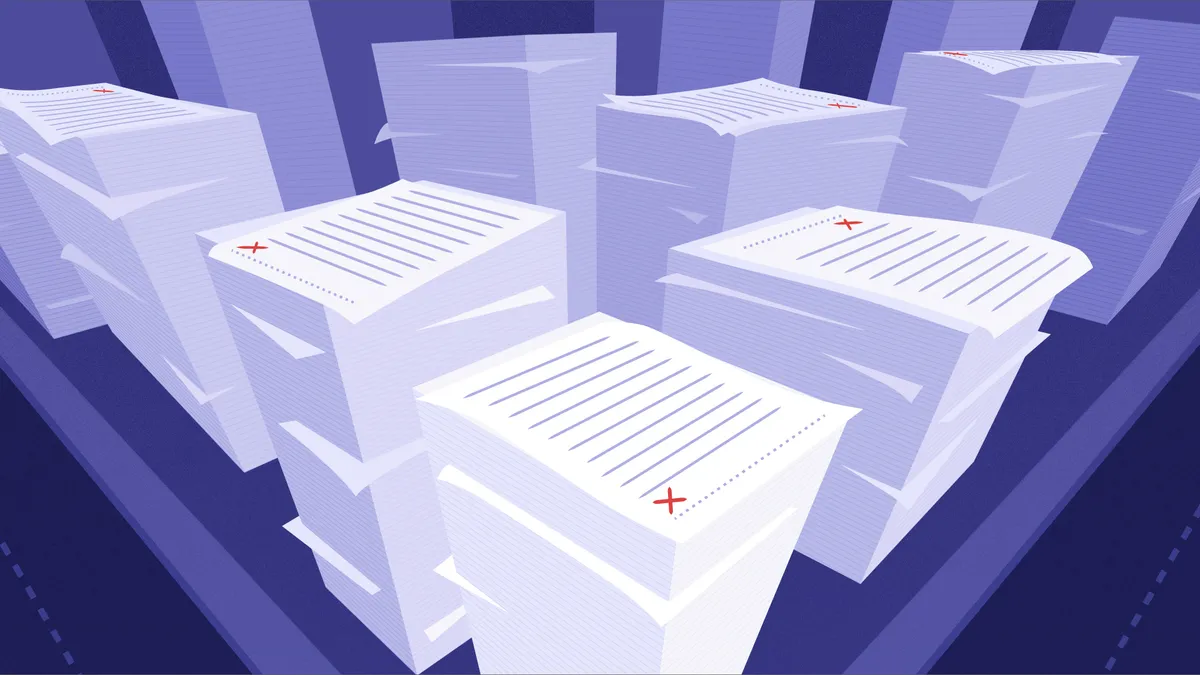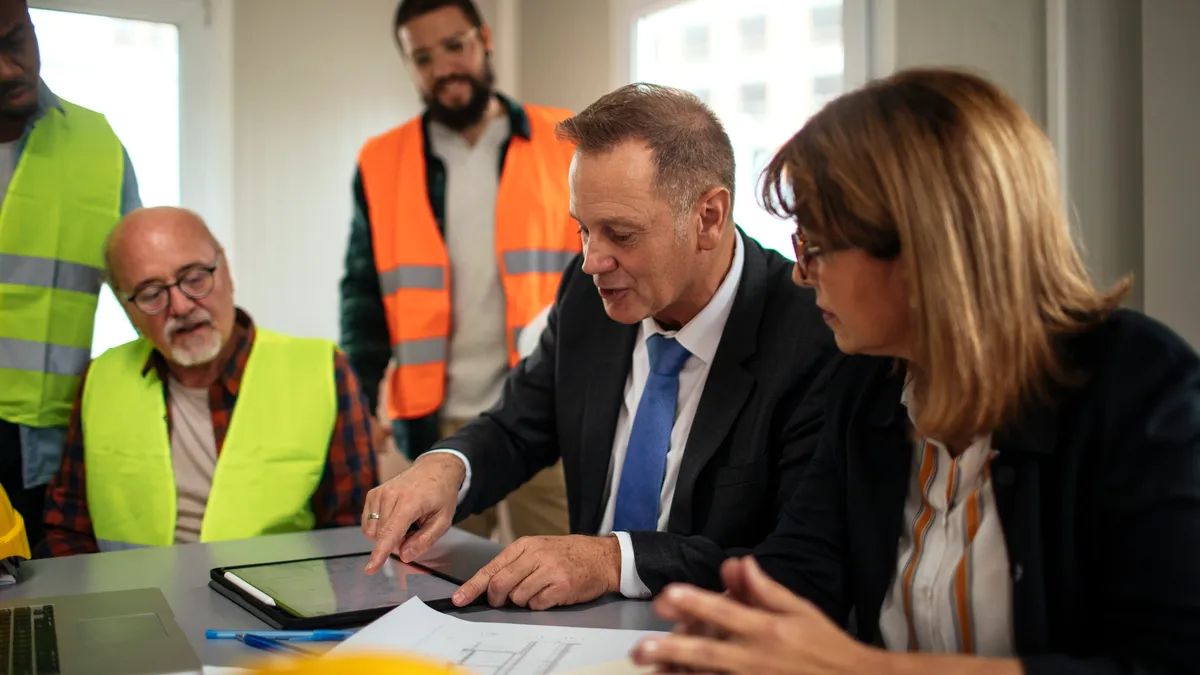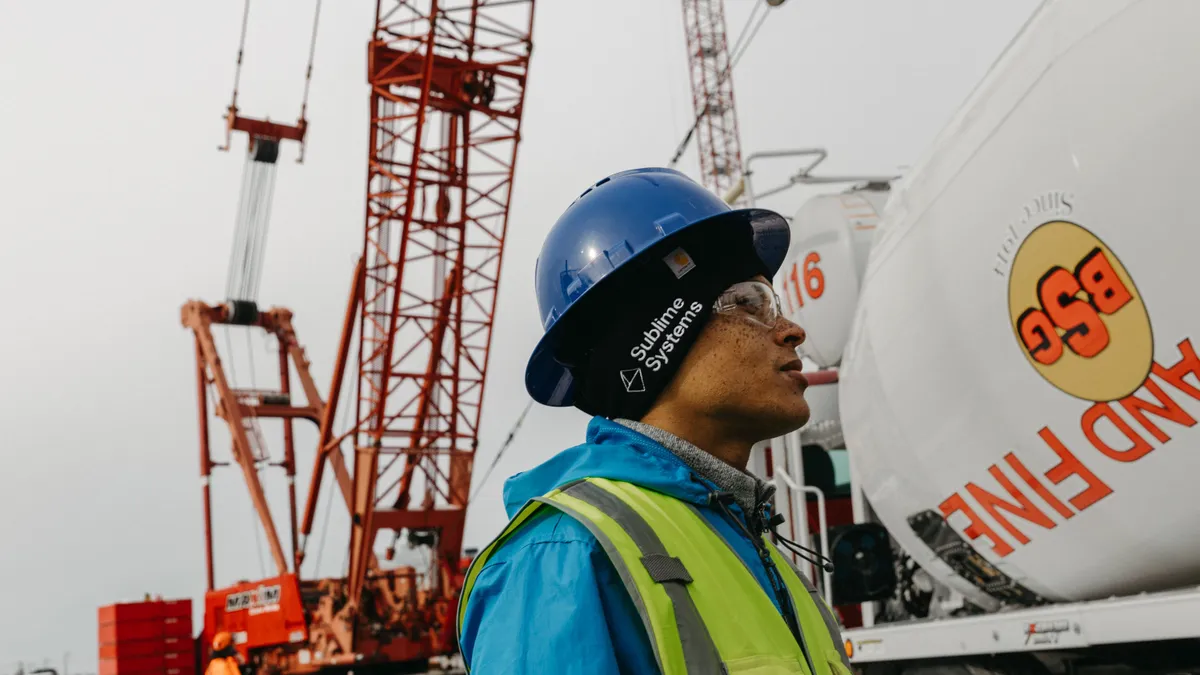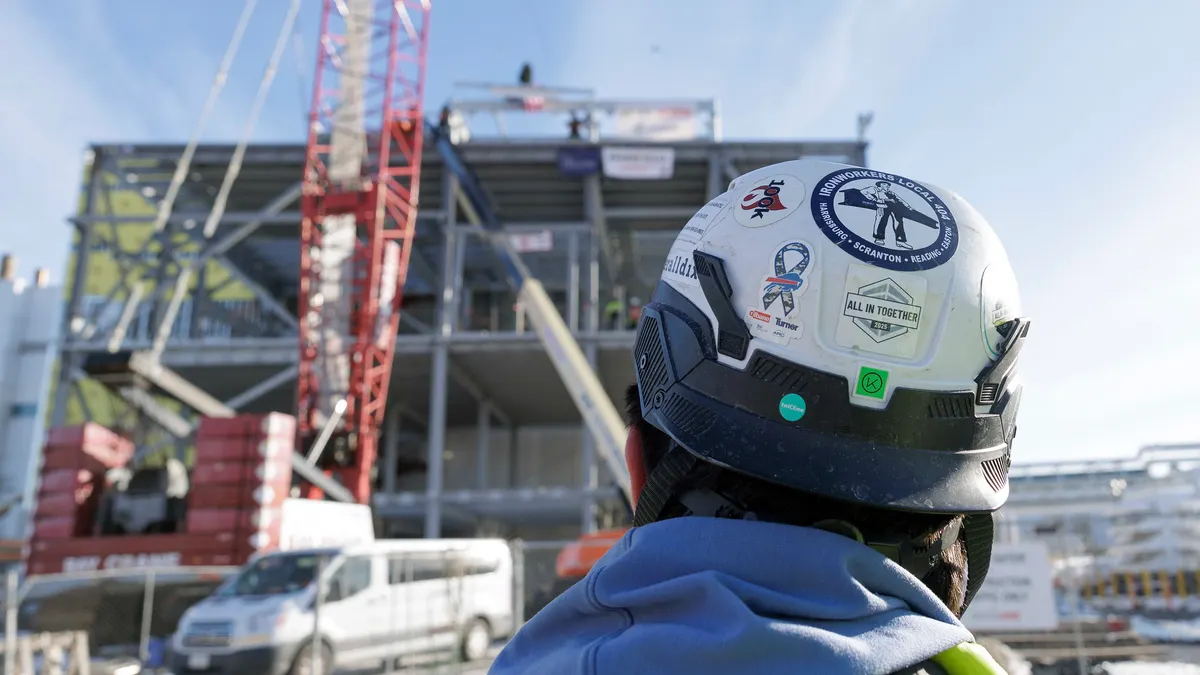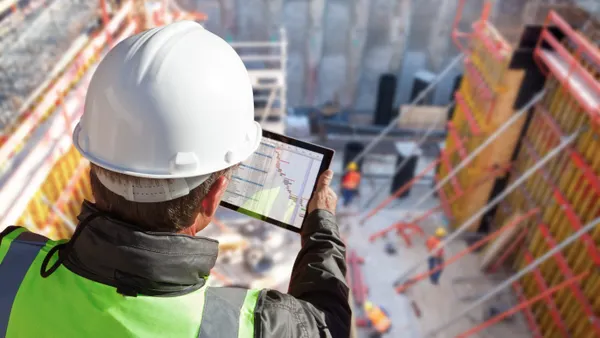Josh LaSharr is a senior consultant at Well Built Construction Consulting, a Baltimore-based firm that delivers strategic consulting, facilitation services and peer roundtables for construction executives. Opinions are the author’s own.
Technology and construction today go hand in hand, from the phone to the computer, estimating programs to project management software. Every company relies on digital technology in some manner, yet our industry is slow to embrace new tools. Engaging tech reinforces the truth that the built environment has always been accomplished at the hands of builders.
All builders use tools, from the stone hammers of our ancestors to modern-day pneumatic and powder-actuated tools. Today’s digital construction technology is simply the latest in the evolutionary cycle of those tools. Whether you see digital technology as a supporter for today’s work or a challenge to overcome tomorrow, it is here and growing faster than ever.
Before 2020, technology advanced linearly. Since then, advancements are occurring at an exponential rate, often leaving companies wondering if they made the right decision in adopting or avoiding a particular product.

Construction technology adoption is critical; simply adapting to the environment is not enough. We must adopt these tools into our day-to-day operations. As construction professionals, we must evaluate where we will fall in the adoption of products: Are we going to be the innovators, taking the largest risks and with them the greatest results? Or are we early adopters, jumping in after someone else has proven the product works but still might have a few bugs? Are we the early majority? The late majority? Or do we fit in as laggards, leaning towards traditional methods and avoiding learning or adopting a product until we absolutely must?
While most construction companies and individuals lean towards the later portions of the conventional adoption lifecycle, it is impossible to ignore the fact that technology has the potential to make our lives easier. Even the most ardent laggard construction professional has a cellphone. That is adoption.
Leveraging tech tools
Having a tool in our toolbox does not mean we use it or have adopted it into our daily lives. Even as I write this, I find myself leveraging artificial intelligence as a tool to improve your reading experience. As a part of the early majority, I am still learning how to best leverage this tool, albeit with a risk-aware attitude.
All companies are exposed to innovative technologies, capabilities and risks every day. How we decide to navigate these is what sets us apart. The most successful and largest contractors in the market are not jumping at every shiny new piece of technology, rather they pilot, test, evaluate and implement the most appropriate tools for their business at a speed which balances risk with reward.
Few technologies have as rapidly shifted how teams execute work than mass access to generative AI and large language models. Today’s teams can generate proposals, evaluate them for grammatical accuracy and logic or even have systems generate complete documents off a few key parameters. Yet, with this integration of technology into our daily lives, there is an inherent risk of inadvertently releasing confidential information. Ensuring our data remains safe is a critical component of this technology adoption.
Developing proper processes and procedures, which are then trained together with the adoption of a new tool, mirrors the training a new laborer would receive from a carpenter before putting a new tool to work. From understanding the dangers of a powder-actuated tool to installing your first set of fasteners is a quick, but meaningful process, with very real consequences. The same is true of uploading data to a tool with an open learning system.
Often, selecting the right technology tool lands on our leadership teams, typically with input from our IT teams. In an industry where young professionals may be helping to execute critical repetitive tasks, including submittals and RFIs, leadership must remain abreast of new technologies.
The typical college graduate may not fully understand the implications of their decision to run a submittal, RFI or proposal through a tool that collects data to learn. By the same token, they may have the closest touch to recent technologies being released and available for use. Their knowledge places experienced professionals in a unique position to capitalize on young enthusiasm and knowledge while evaluating known risks.
Putting this into perspective, let’s look at digital drawing sets, for example. The alternative is hard-copy drawings. While tactile and comfortable for many, the time, space and energy expenditure needed to print, slip-sheet, copy, edit, update and manage multiple full-sized drawings is extensive. Not to mention the cost. Furthermore, that set of drawings can be damaged or destroyed in more ways than any of us care to evaluate.
Alternatively, digital drawings can be accessed by multiple parties using one of several digital tools and live in a cloud-based environment. The best part of this is the ability to track changes and, as necessary, print a single consolidated set at the end of the job. For those who must have something physical, smaller, less expensive sets are an option, or using digital plan-tables, large monitors or other tools provides the team with options.
Time and again, we have all seen technology benefit our lives, careers and projects, while there remains a question of how fast to adopt a tool. The answer is clear: adoption of technology in the construction landscape is a necessity. The only real question remains: What’s in your toolbelt?


